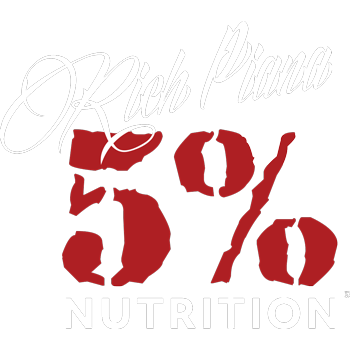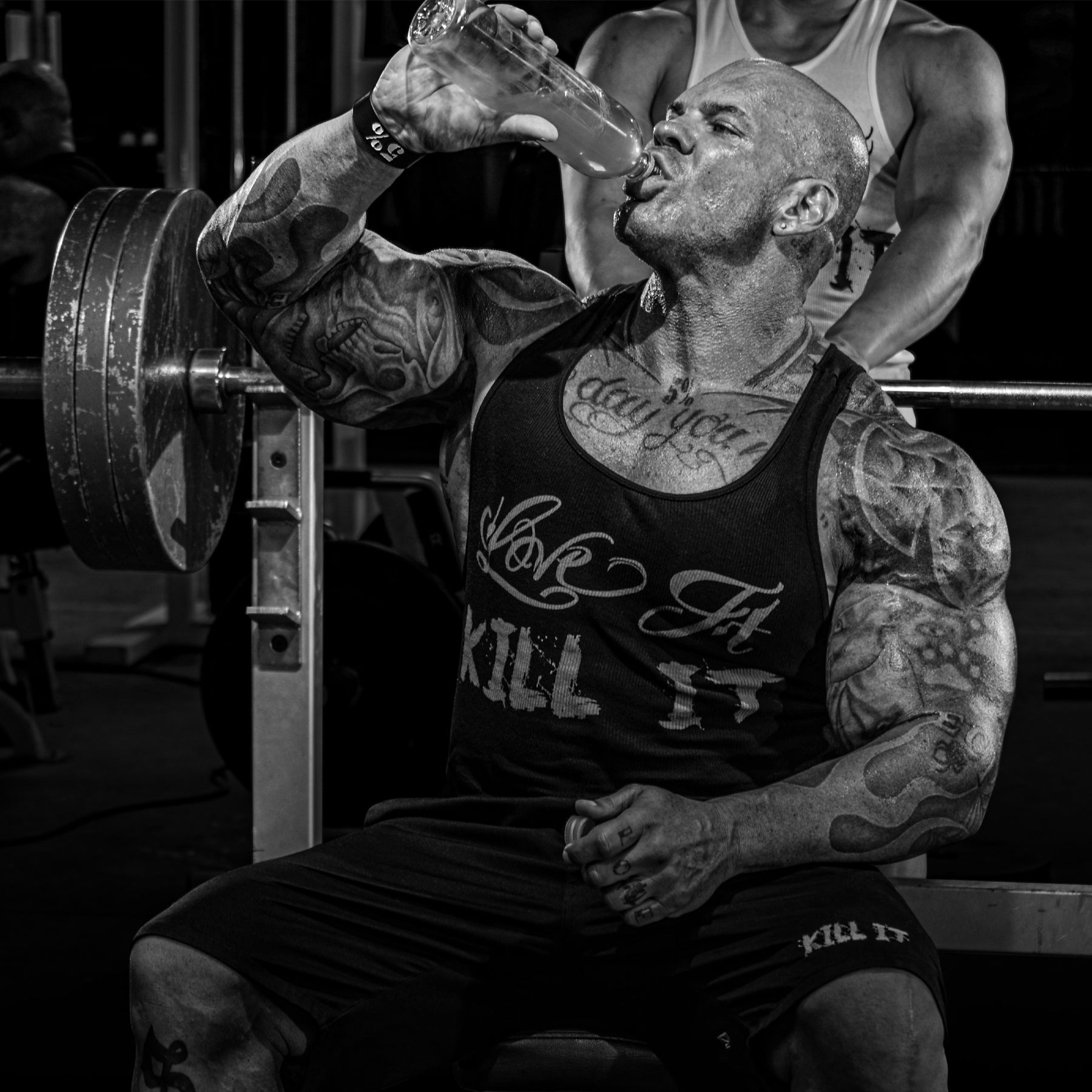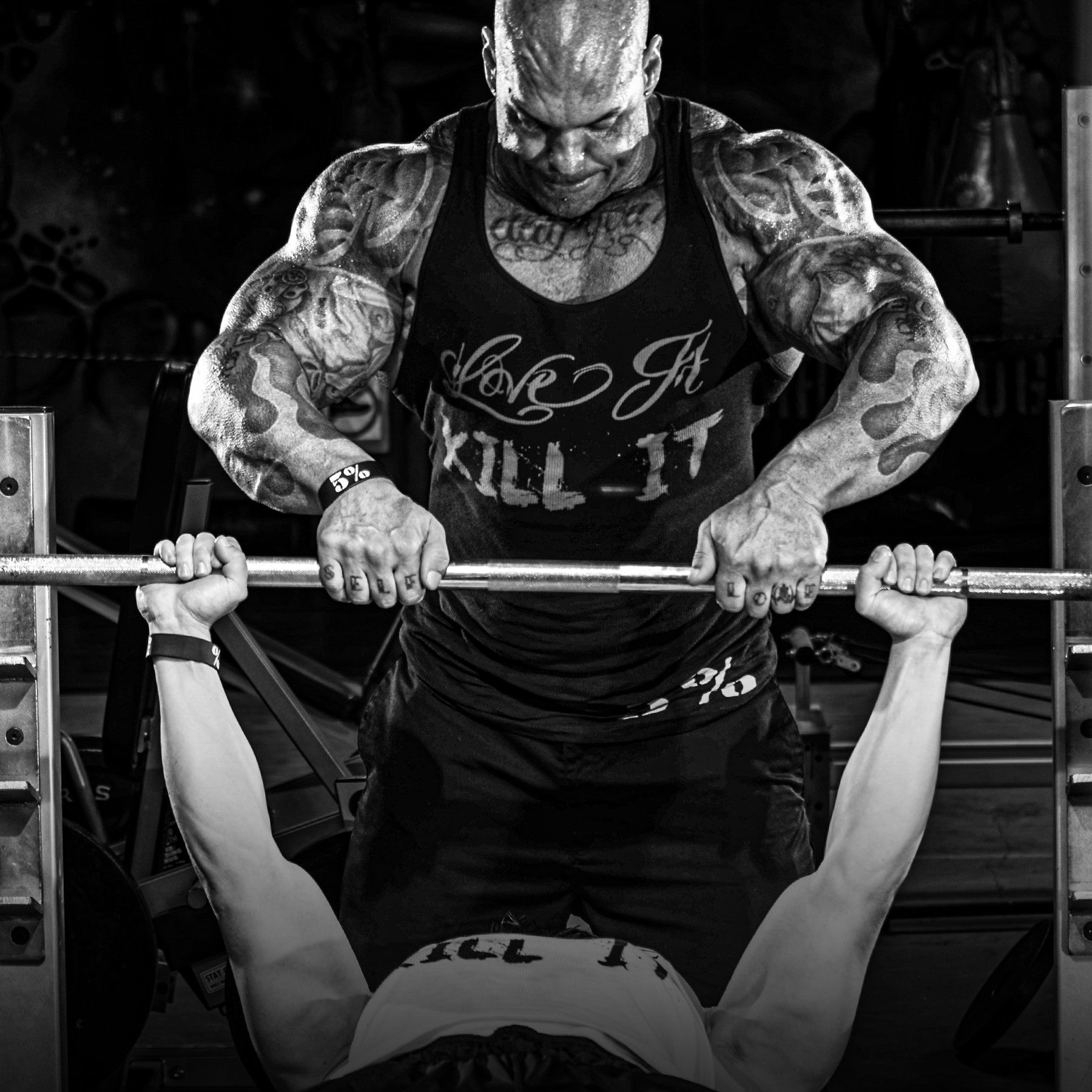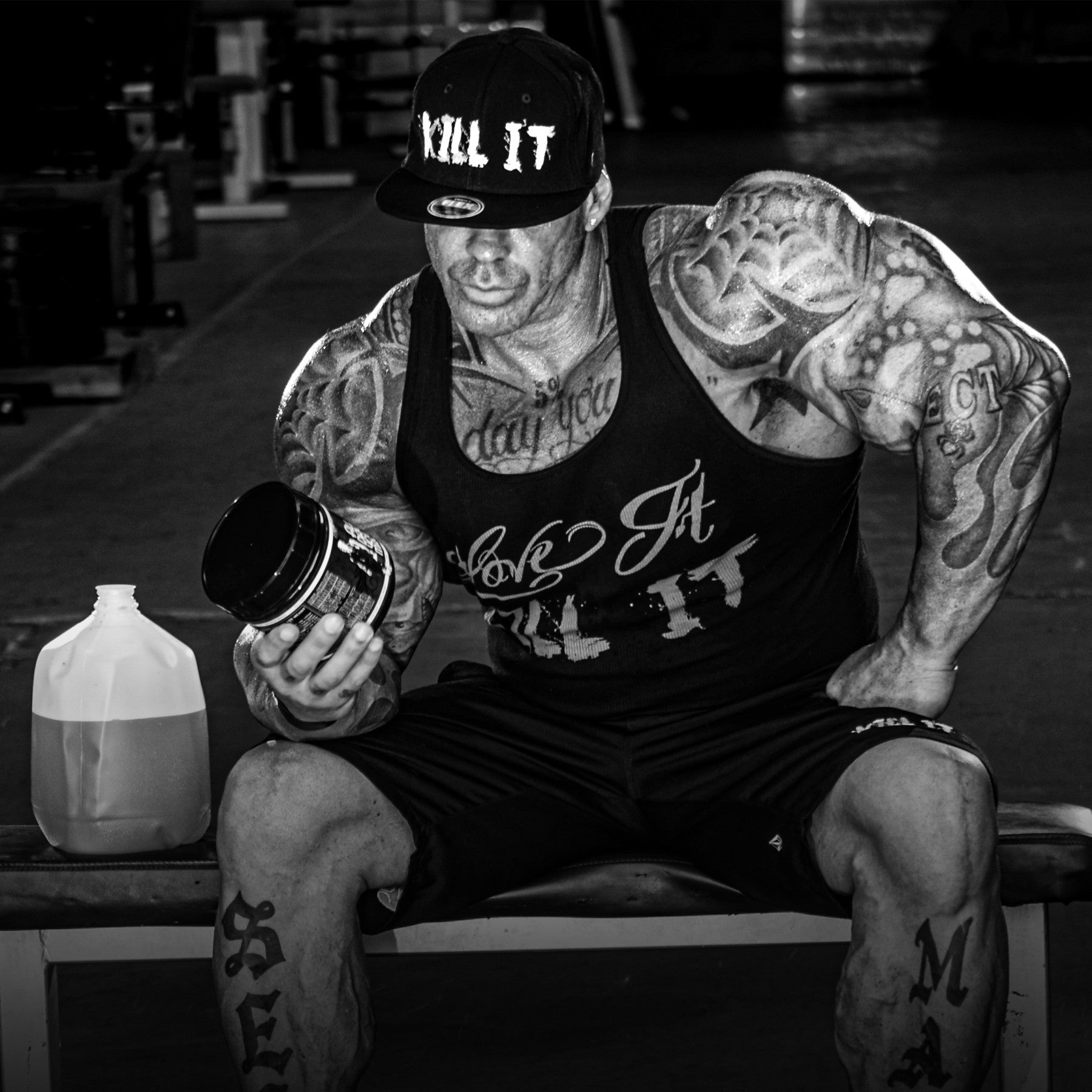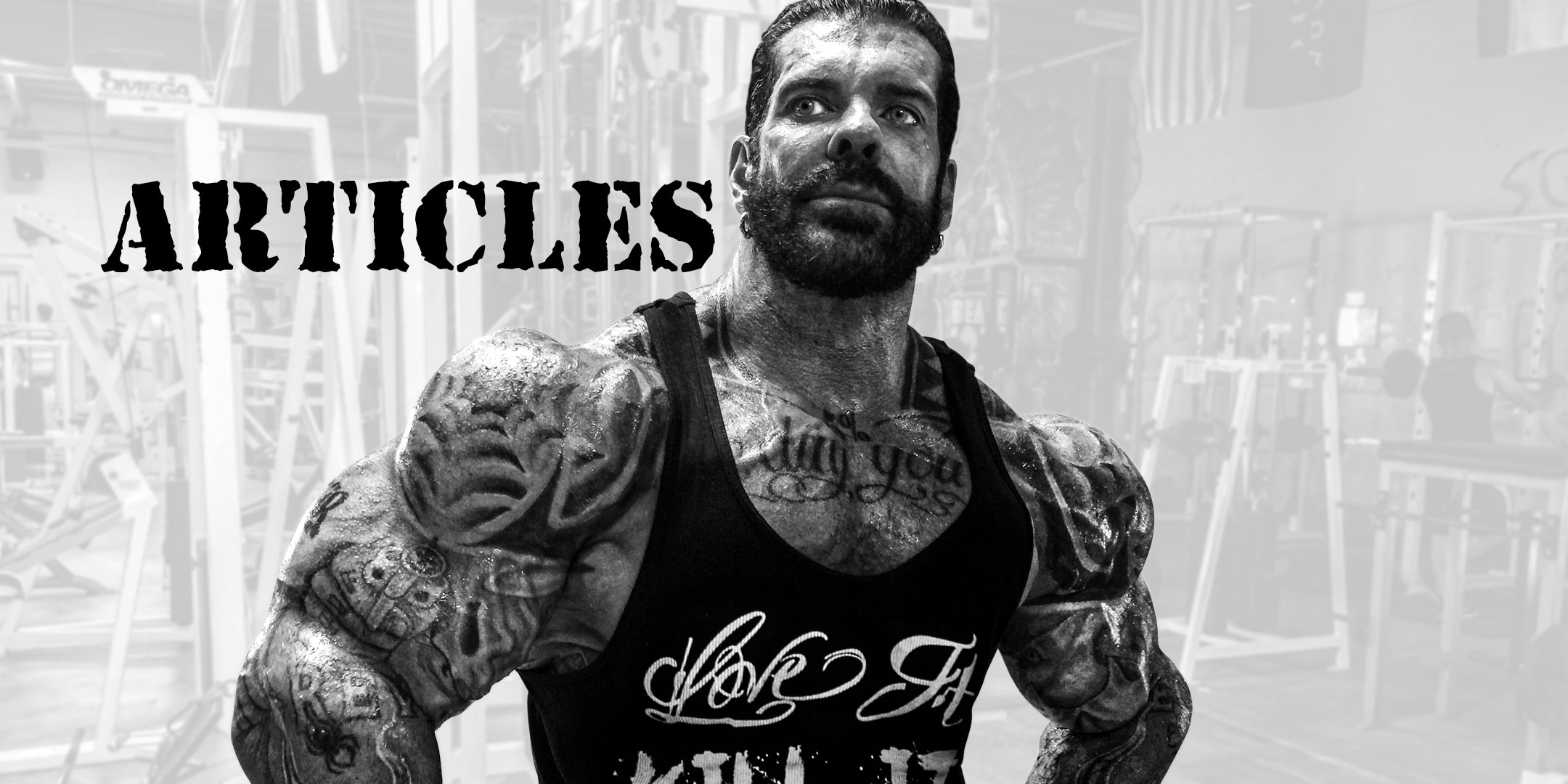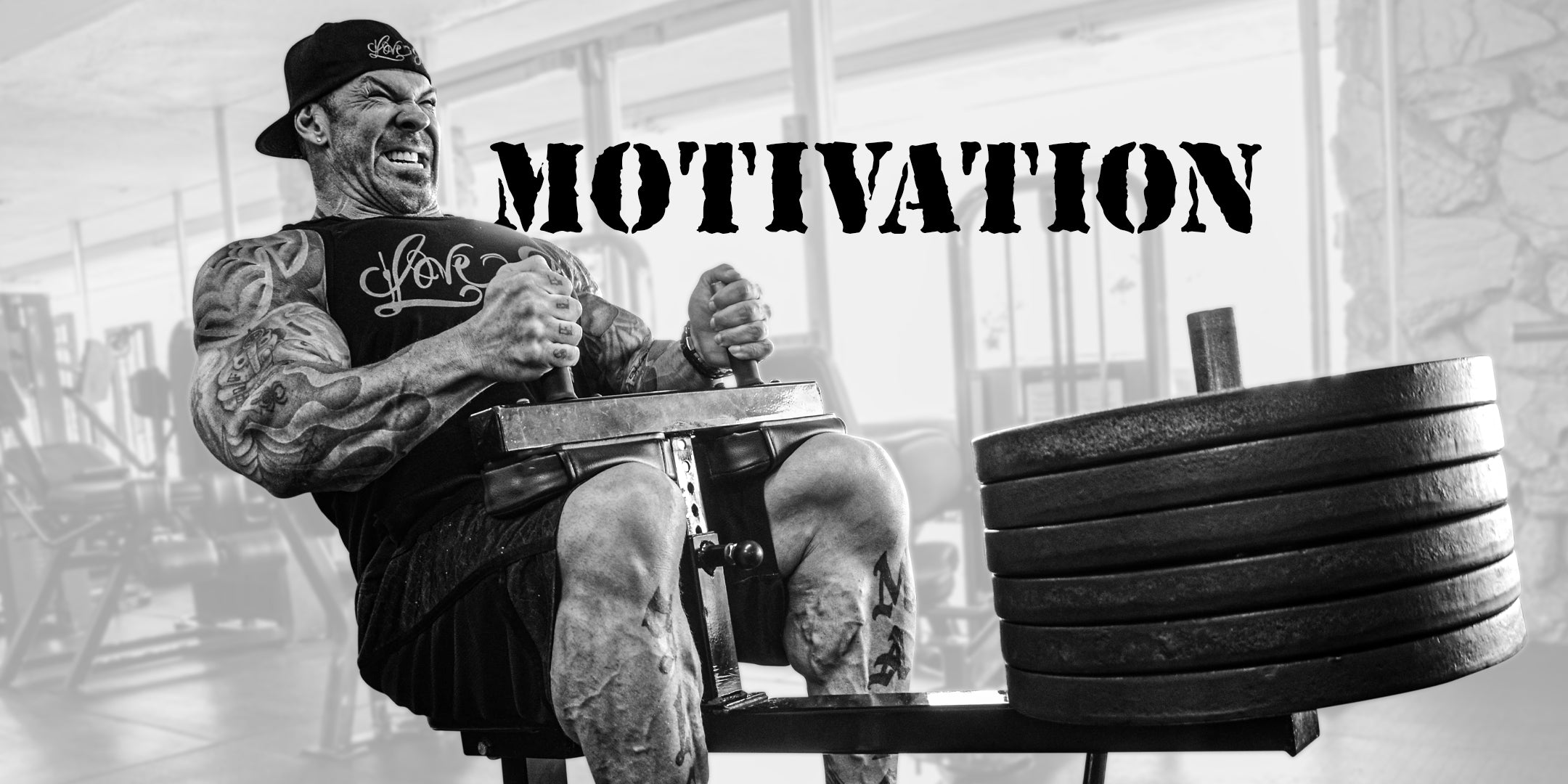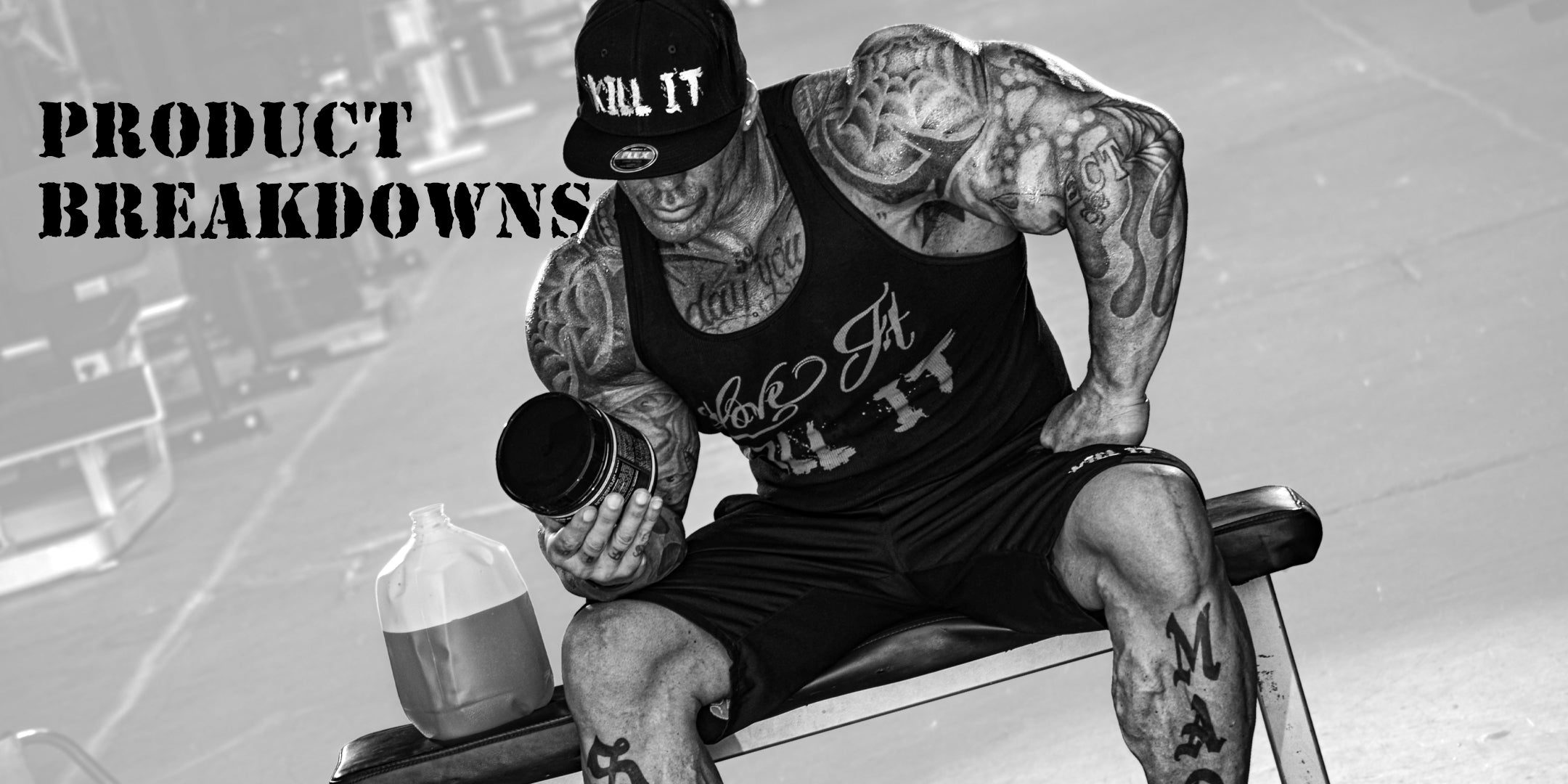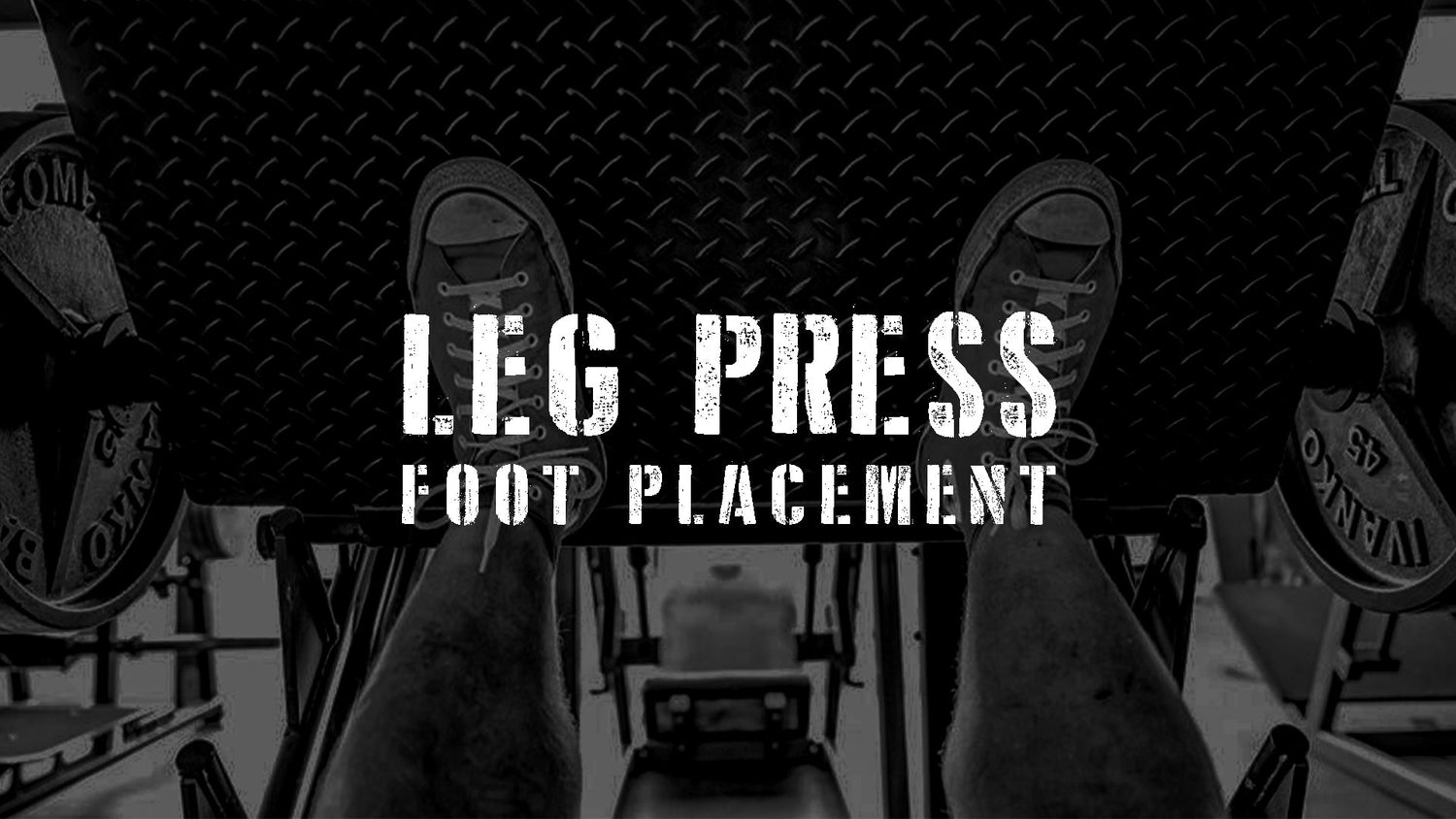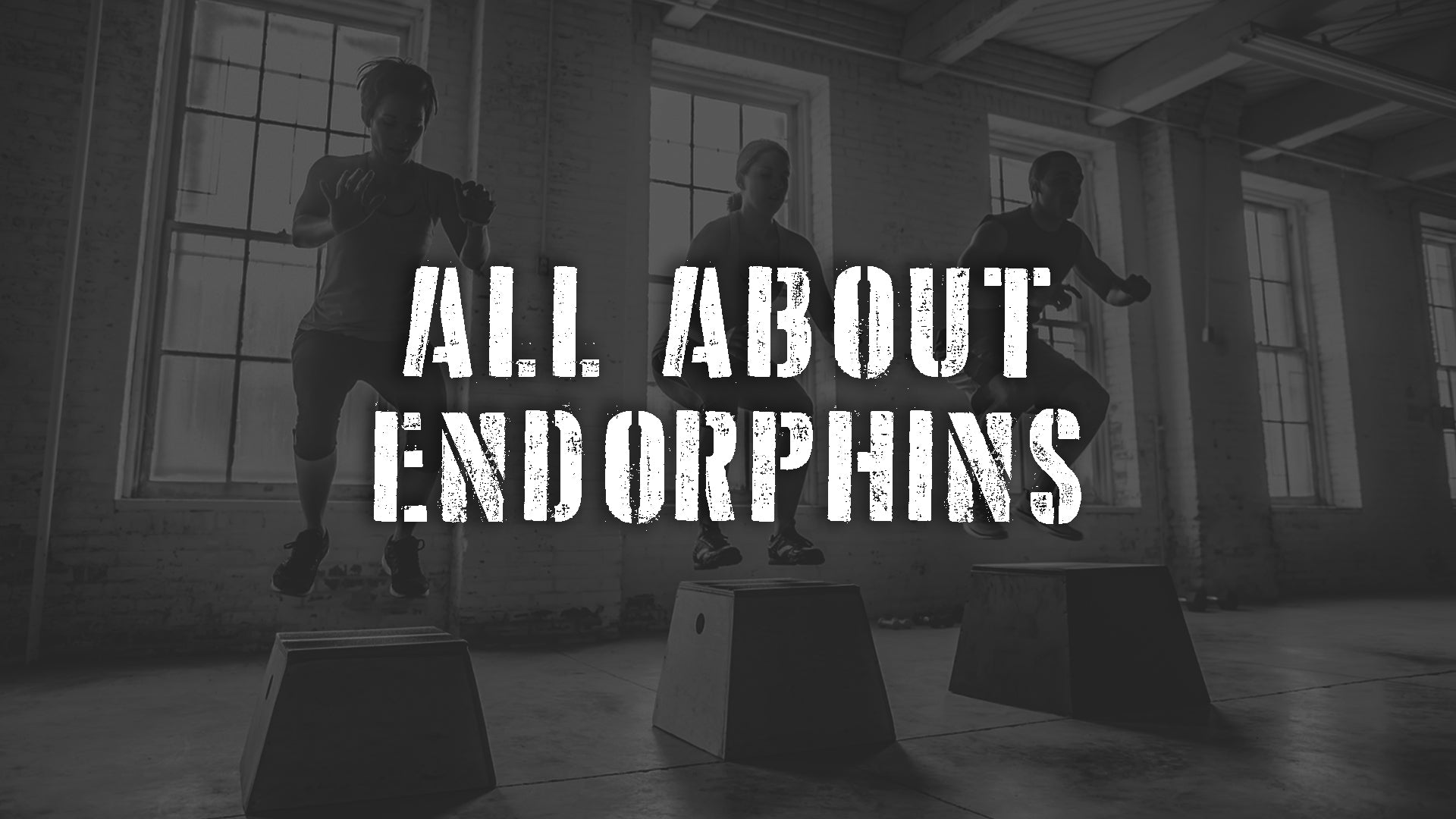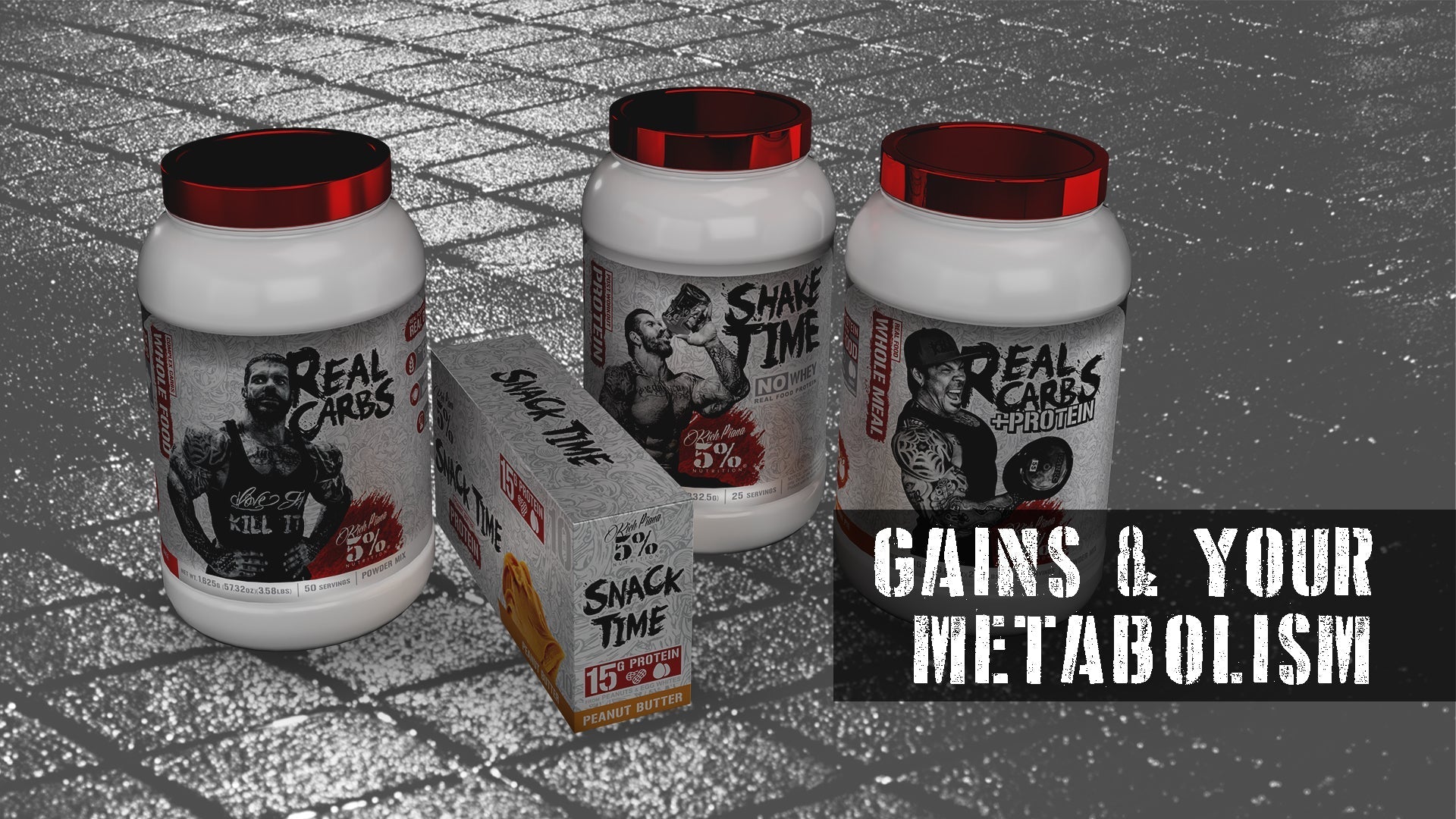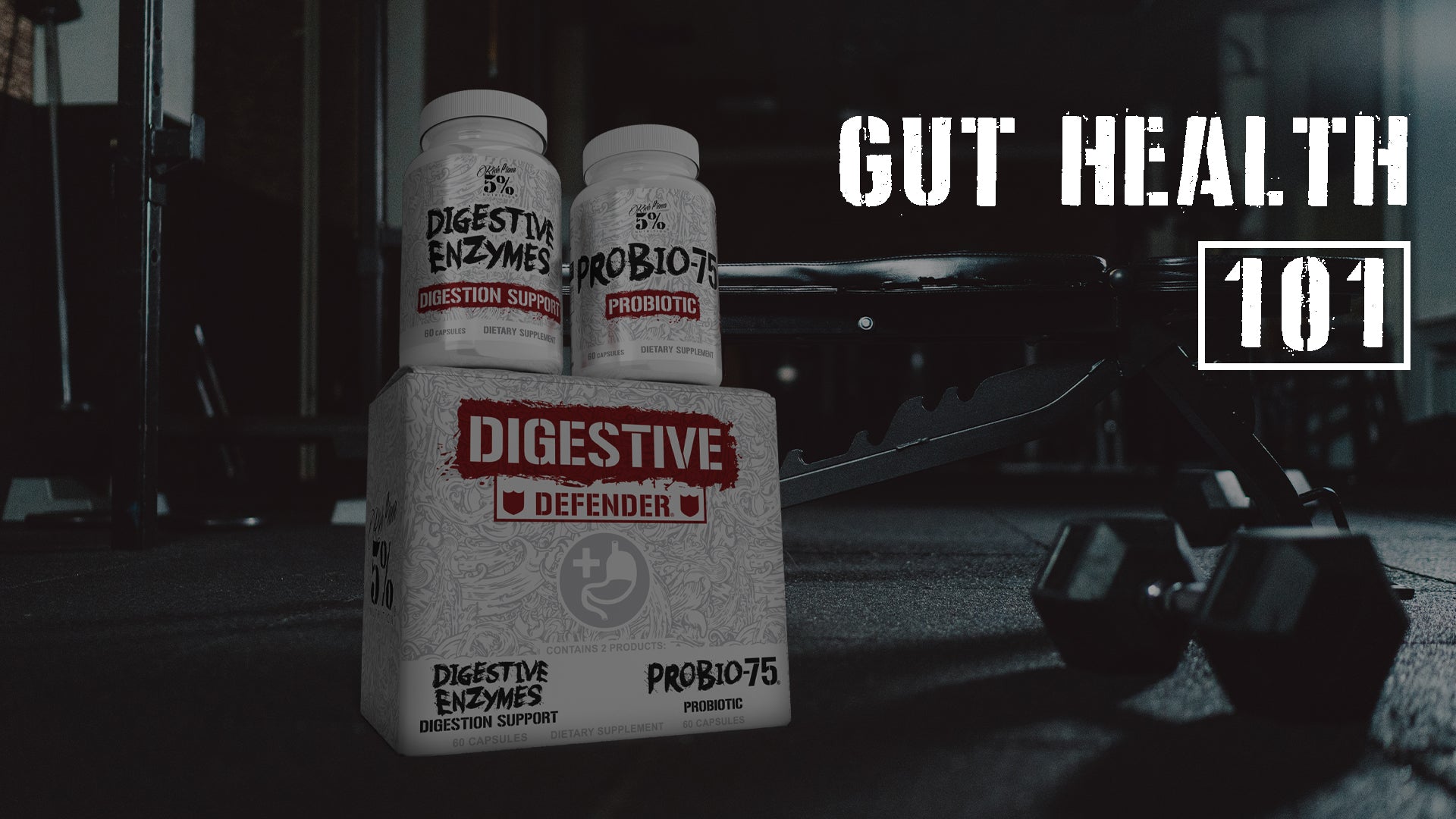The leg press is a great tool for building leg size and strength. Yet the results you get largely depend on where you place your feet on the platform. Target your results by optimizing your foot placement and you've just added another optimal exercise to your regimen.
The Different Foot Placements
There are five main foot placements for leg presses, as well as two secondary placements. Also, there are different combinations you can use. For example, you can have a regular and low or high placement, a wide and low or high placement, or a narrow and low or high placement. In addition, you can do one leg at a time, which is suggested for muscle imbalances. You can also work your calves by using a toes-only placement.
Regular Stance
The regular, or standard, foot placement, is shoulder width (like the standard squat stance). Your feet should be in the middle of the foot platform. You can point your toes straight up or slightly outwards - whatever feels comfortable for you.
Targeted Results: This foot placement hits your quads and hamstrings evenly.
Narrow Stance
The narrow foot placement is hip-width apart, and your feet are in the middle of the platform. You can place your feet slightly closer together, pointed straight.
Targeted Results: This stance emphasizes your quadriceps, especially the vastus medialis (the teardrop muscle) of the quad. For full muscle activation make sure that your feet always remain flat on the platform, don't lift your heels, and go as deep as possible.(1)
Wide Stance
The wide leg press foot placement is wider than shoulder width (think sumo squats), and in the middle of the platform.
Targeted Results: This stance emphasizes your inner quads, hamstrings, and glutes.(2)
Low Foot Placement
The low foot placement puts your heels at the bottom of the platform. You can use any foot width you like, but the regular shoulder width placement is the most common.
Targeted Results: This stance emphasizes the quads with a secondary emphasis on the calves. The low foot position can increase your range of motion and may place extra stress on your knees. If you have any knee problems, you might want to skip this foot placement.
High Foot Placement
The high foot position is just below the top of the platform. You can choose a wide, narrow, or standard foot placement. However, most lifters use a regular or standard placement.
Targeted Results: This foot placement targets your hamstrings and glutes.
Calf Raise or Toes Only Placement
This foot placement puts the balls of your feet at the bottom of the platform. You can use a regular stance or a narrow stance.
Targeted Results: This targets your calves and is a great addition to your regular calf program.
Performance Tips
Use a slow and controlled rep performance, no bouncing, and a deep, full range of motion. Feel free to incorporate different widths and placements depending on your goals. This exercise was a Rich Piana favorite, and he would start with high reps, say 20-25, and light weight, then work down in reps and up in weight.
For example, 5 sets - 25, 20, 15, 12, 10 reps
Don’t Forget 5% Nutrition!
Leg Day is the toughest of any workout you’ll do. Therefore, 2 hours before your workout, consume a good pre-workout meal or drink a serving or 2 of Real Carbs + Protein.
Then, about 30 minutes before you hit the gym, drink a Kill It RTD. With 400 mg of caffeine and a mammoth 10g of glycerin (glycerol), you will have an amazing workout! Then, do what Rich did and mix up 1-2 scoops of All Day You May, freeze it for 20-30 minutes, and sip it during your workout.
As soon as you end your last set, mix up 1-2 servings of Real Carbs + Protein for your post-workout shake. Rich believed in drinking this right away, and that makes sense, especially after a workout like this. So stop by 5% Nutrition and stock up before your next Leg Day!
